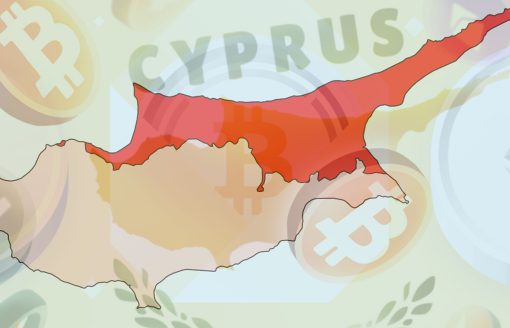While you might not be familiar with tokenization, you most likely are with exchange-traded funds, or ETFs. ETFs have supplanted conventional mutual funds as the preferred investment instrument for many investors to access the capital markets since its founding in 1993. Since entire asset classes and investment strategies were previously exclusively accessible to the wealthiest and most experienced investors, the amazing expansion of the ETF portfolio attempts to democratized the financial industry.
Stay in the know on crypto by frequently visiting Crypto News Today
ETFs are still unable to access a sizable chunk of the financial landscape, though. Alternative investments including private equity, private debt, and real assets are frequently exclusively offered through private funds with restrictions on liquidity, investor eligibility, and minimum investment levels. A 2022 Fidelity survey found that institutions typically allocate about 23% to alternatives, compared to advisers’ allocation of only about 6%. Alternative investments are important building pieces to strengthen an investor’s portfolio in a situation where a standard 60/40 portfolio offers few chances for growth and income.
CryptoCaster Quick Check:
To access these alternative investments, it would be advantageous to have a structure similar to a “ETF” that provides transparency, liquidity, and efficiency. This is where blockchain technology can play a big role through a procedure called tokenization. Real-world assets like private equity, real estate, fine art, commodities, and more are represented through tokenization as digital tokens on a blockchain. By doing this, these assets are made liquid and easily traded, creating new opportunities for fractional ownership. Advisors may now offer clients a wider range of investment choices that take into account both traditional and digital assets and cater to various risk tolerances and financial objectives.
Three significant issues for alternative investing are resolved by blockchain technology:
- Transparency: The ownership and transaction history of the tokenized asset is recorded on the blockchain, which is tamper-proof and immutable. The ledger makes the assets and their ownership information accessible to the general public, allowing participants to confirm and follow the movement of assets in real time. Increased trust among market participants and a decrease in fraud are two benefits of this transparency.
- Liquidity: By enabling investors to buy and sell smaller pieces of assets rather than needing significant resources to buy a full asset, tokenization enhances liquidity. Additionally, these tokenized assets are tradable round-the-clock on secondary marketplaces, which could increase their overall liquidity.
- Efficiency: The automation of numerous procedures, such as ownership verification, settlement, and compliance, is made possible by tokenization. The transfer of ownership can be facilitated and some aspects of asset management can be automated using smart contracts, which are self-executing contracts on the blockchain. Automation has the potential to boost productivity and save operating expenses.
As soon as they are placed on the blockchain, tokenized assets can take part in the “DeFi Flywheel” and produce fresh prospects for financialization. Tokenized assets, for instance, can be used as collateral for loans, increasing the capital efficiency of owning these assets.
The testing of tokenization has begun at large institutions. For instance, in 2022, Securitize, a fintech company that specializes in tokenization, worked with KKR and Hamilton Lane to launch their respective tokenized private funds. A tokenized money market fund formed by Franklin Templeton in 2023 has amassed more than $270M as of April 2023. In their “Money, Tokens and Games” research from March 2023, Citigroup predicted that the market for tokenized digital securities would reach $4–5 trillion by 2030.
We are still in the early stages of development despite the potential advantages of tokenization. Wider adoption is hampered by the fact that all current tokenized products are created and exchanged within a walled garden, or on a single tokenization platform. For the purpose of establishing where and how these tokenized assets can be issued and exchanged, regulatory clarification regarding the legal status and classification of these assets is essential. Additionally, market infrastructure must be established to enable trading across several platforms. More critically, the asset allocation strategy used by investors must change to incorporate the prospect of investing in real assets. However, tokenization is a technological and financial innovation that might democratize alternative investments and create a lot more chances for end investors to maximize returns, much like how ETFs did the same for investing.![]()
Please Read Essential Disclaimer Information Here.
© 2024 Crypto Caster provides information. CryptoCaster.world does not provide investment advice. Do your research before taking a market position on the purchase of cryptocurrency and other asset classes. Past performance of any asset is not indicative of future results. All rights reserved.
Contribute to CryptoCaster℠ Via Metamask or favorite wallet. Send Coin/Token to Addresses Provided Below.
Thank you!
BTC – bc1qgdnd752esyl4jv6nhz3ypuzwa6wav9wuzaeg9g
ETH – 0x7D8D76E60bFF59c5295Aa1b39D651f6735D6413D
MATIC – 0x7D8D76E60bFF59c5295Aa1b39D651f6735D6413D
LITECOIN – ltc1qxsgp5fykl0007hnwgl93zr9vngwd2jxwlddvqt
CRYPTOCASTER HEATMAP






